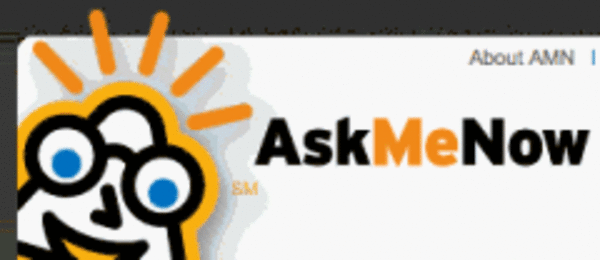The Semantic Conference was held last week in San Jose. I went along to check it out. In the keynotes, Oracle’s Robert Shimp noted that the attendance has never been so great and remarked that this as a clear proof that the semantics industry is growing at a tremendous pace. Half of the attendees were from high-tech startups that we’ve never (or barely) heard of. But we will probably hear of them in a few years! The other half were from huge organizations like NASA, Department of Defense, US Air Force, Stanford University, Lockheed Martin, Boeing, Ford Motors, Microsoft, IBM, Oracle, Sun Microsystems, Google and Walmart. In other words, the audience was very diverse.

The first day of the event was full of tutorials and therefore the academic level was very high. The most widely discussed topic was OWL (Web Ontology Language), which was accepted as a web standard by W3C about 3 years ago.
The second day started with the keynotes. Oracle, the title sponsor of the event, underlined their strong commitment to semantics and their unique support of RDF in Oracle 10g database systems. NASA Headquarters CTO Andrew Schain started his speech by noting their internal data problems, such as high volume of unorganized, distributed data silos. He finished with their semantics-based solution to this – the beta stage RDF data browser Jspace, which is expected to be released as a stable open source version very soon.
Yahoo’s Dave Beckett talked about the early stage semantic web practices at Yahoo – products such as Movies, Finance, Food and Underground.
CNET and TextDigger

Most of the sessions were showcases of semantic technologies on various topics – health sciences, web search, criminal justice, legal publishing, and more. TextDigger, a semantic web search company, talked about their CNET case study. In order to further increase their pageviews and ad revenues, CNET collaborated with their spin-off company TextDigger to overhaul their search recommendation system; they combined their archaic collaborative filtering based system (which depends on wisdom of crowd and statistical methods) with a new semantic equivalence based one and tried to compare the response of their users. The results were very promising for TextDigger and the whole semantics space – from 700,000 unique queries per day, the percentage of clickthroughs increased from 7.9% to 19.1%; and the pageviews were at a level they had only previously reached at Christmas times. As a result, CNET decided to stick with this semantics-based solution for their search recommendations.
AskMeNow and Convera
Another semantic search upstart (but a public one, with a $20M market capitalization already) to show their wares was AskMeNow. They showcased their semantic search capabilities integrated with mobile solutions, claiming that they have over a million active users asking questions on the move.

Convera was another semantic search company at the event. It focuses solely on custom tailored, domain specific enterprise search solutions.
Other Highlights
Exhibitors at the conference included a wide variety of companies. Visual Knowledge is perhaps the most interesting one, because they showcased the very first semantics powered video game concept, Treasure Hunt. Saltlux which comes from Korea, showcased how semantics and mobile 3G technologies can work together to bring location aware services to your mobile; hopefully we will see similar innovations in the USA too in the near future. Syntactica‘s Intelligent Lexicon product allows you to abstract (i.e. summarize in a few paragraphs) a long dissertation of hundreds of pages. Government funded Cycorp showcased their terrorism data mining product which can successfully answer extremely complex domain specific questions, like “were there any attacks on targets of symbolic value to Muslims in 1987 that coincided with a Christian holy day”.
All in all, the Semantic Conference was a wonderful opportunity to mix with many people trying to solve the problem of information organization. The Internet is a great utility, but it may one day become much more usable – with breakthroughs in the semantics field that are coming soon to the mainstream. There’s a lot of potential in the companies and technologies mentioned in this post!

















